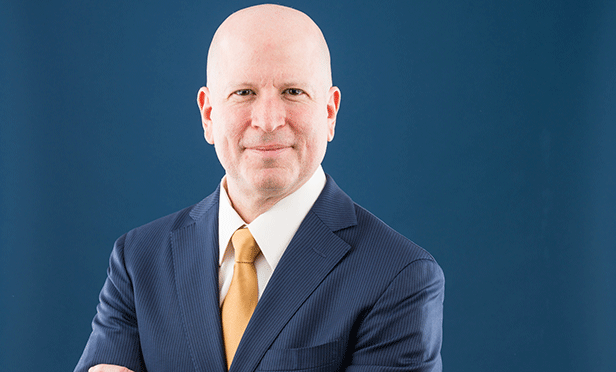As of March 31, there was just over $10 billion in non-residential commercial real estate† in bank real estate owned (REO) in the United States. For investors who have raised capital targeting distress, that pool of assets represents a potential treasure trove, particularly as banks and the FDIC accelerate disposition activity. Needless to say, not all of the assets warrant investors’ consideration; some sifting will be required to identify properties that meet investment criteria for cash flow and value accretion.
Even as intermediated distress increasingly finds its way into the marketplace, many investors’ search costs will remain high. CRE REO is exceptionally well distributed across the banking landscape. Across all commercial and savings institutions, the average CRE REO balance is just $1.5 million. Even after dropping the large number of institutions that have no exposure to commercial real estate, the average REO balance is only a few million dollars. The small number of institutions with very large balances is already leveraging established relationships in managing down those assets. Below that threshold, balances decline rapidly at individual institutions, requiring that investors exert more effort in relationship-building for every dollar of potential investment.
From a policy perspective, the wide distribution of CRE REO is both problematic and beneficial. On one hand, it means that thousands of institutions are holding non-performing commercial real estate. On the other hand, it means also means that CRE REO balances are relatively small for most of these banks.
Briefly, our analysis of the most recently filed bank call reports and uniform bank performance reports for just over 6,900 FDIC-insured institutions (some specialized lenders were excluded) shows the following as relates to the distribution of CRE REO:
94.9% of banks have less than $5 million in CRE REO on their balance sheets; collectively, these institutions still account for over 30% of the total dollar volume of CRE REO as of March 31;
Of the remaining 5.1% of institutions, 2.8% had between $5 and $10 million in CRE REO;
1.6% had between $10 million and $25 million; and,
0.7% had more than $25 million;
Only 21 institutions in the analysis had more than $50 million in CRE REO;
The 9 institutions with more than $100 million in CRE REO accounted for one-quarter of the total dollar volume.

Of course, an accounting of CRE REO is only one step in the dissection of banks' commercial real estate balance sheets. To elaborate upon this initial summary, I will introduce loans in delinquency and default to the distributional analysis in my next posting, as well as multifamily and construction loans. Amongst the conclusions, many of lenders that were active at the peak of the market have proven surprisingly adept in managing that legacy.
†non-farm non-residential income producing properties, excluding multifamily and construction and development assets.
© Touchpoint Markets, All Rights Reserved. Request academic re-use from www.copyright.com. All other uses, submit a request to [email protected]. For more inforrmation visit Asset & Logo Licensing.







